Optimal Timing for Concrete Installation
Determining the best time for concrete installations involves considering seasonal weather patterns and temperature conditions. Proper timing ensures the concrete cures correctly, reducing the risk of cracks and other issues. Generally, mild temperatures with low humidity are ideal for pouring and setting concrete.
Spring offers moderate temperatures and longer daylight hours, making it suitable for concrete work. However, unpredictable rain can affect curing times.
Summer provides warm weather, which accelerates curing. Care must be taken to prevent rapid drying and cracking due to high temperatures.
Fall typically features cooler temperatures and less humidity, ideal for concrete setting. Early fall is preferred before winter conditions set in.
Winter is generally not recommended due to freezing temperatures that hinder proper curing and can cause damage.
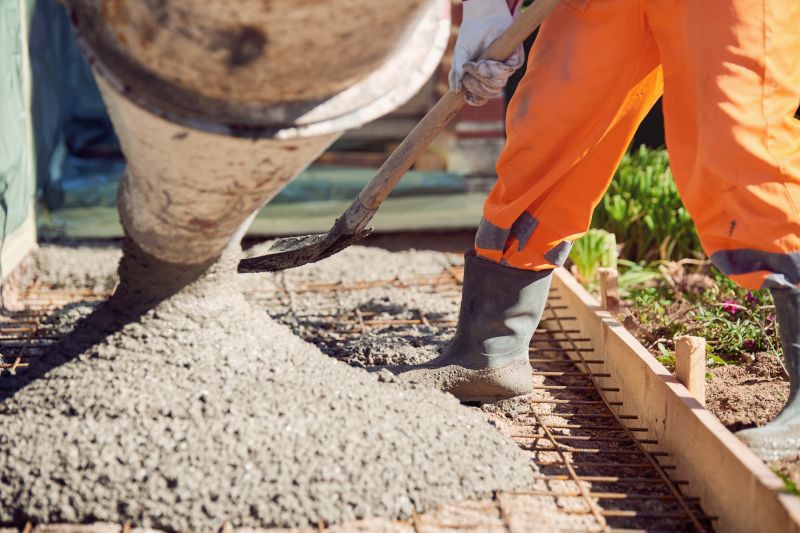
Ways to make Concrete Installations work in tight or awkward layouts.

Popular materials for Concrete Installations and why they hold up over time.
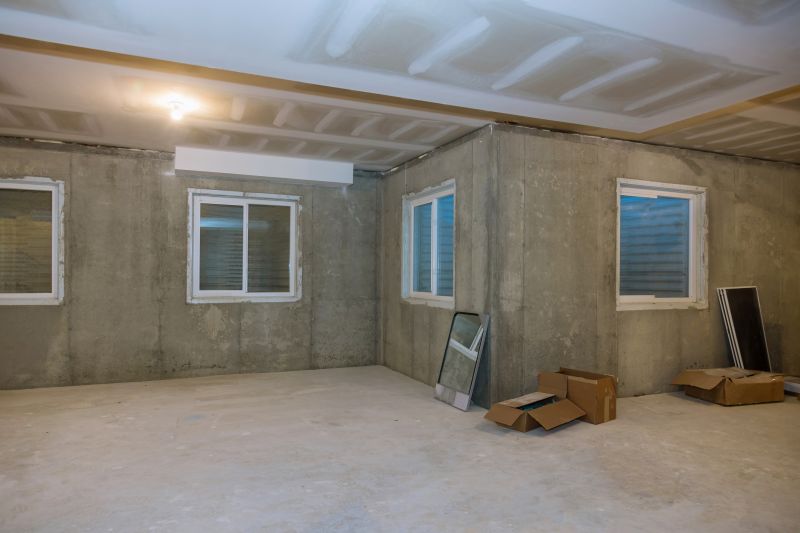
Simple add-ons that improve Concrete Installations without blowing the budget.

High-end options that actually feel worth it for Concrete Installations.

Finishes and colors that play nicely with Concrete Installations.

Little measurements that prevent headaches on Concrete Installations day.
Concrete installation is a process that requires precise planning and execution to achieve durable and high-quality results. Factors such as temperature, humidity, and timing significantly influence the curing process and the longevity of the finished surface. Proper scheduling can prevent common issues like cracking, scaling, and surface defects.
Statistics indicate that concrete installed during optimal weather conditions has a lower failure rate and longer lifespan. For example, concrete poured in temperatures between 50 and 85 degrees Fahrenheit tends to cure uniformly, resulting in better structural integrity. Additionally, avoiding extreme weather conditions minimizes the need for repairs and rework.

A 60-second routine that keeps Concrete Installations looking new.
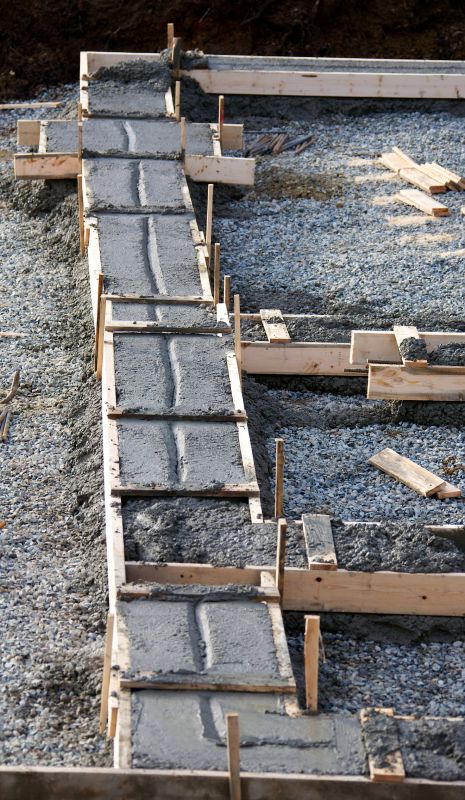
A frequent mistake in Concrete Installations and how to dodge it.
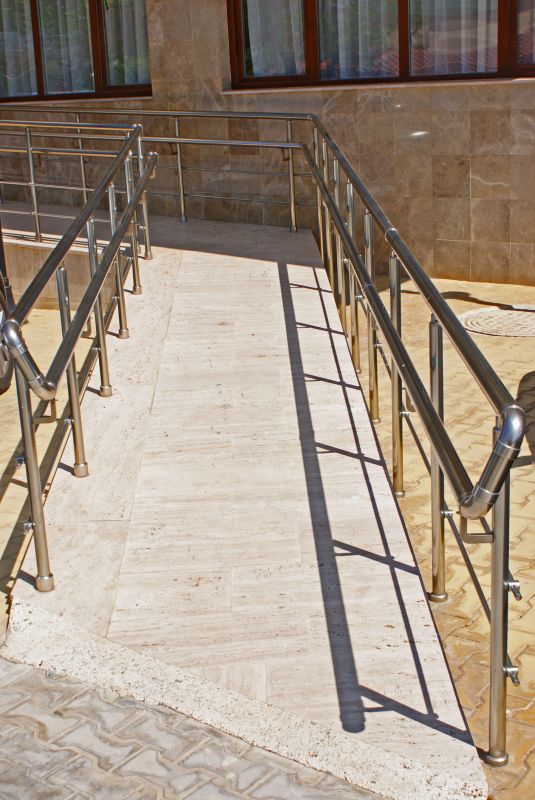
Small tweaks to make Concrete Installations safer and easier to use.
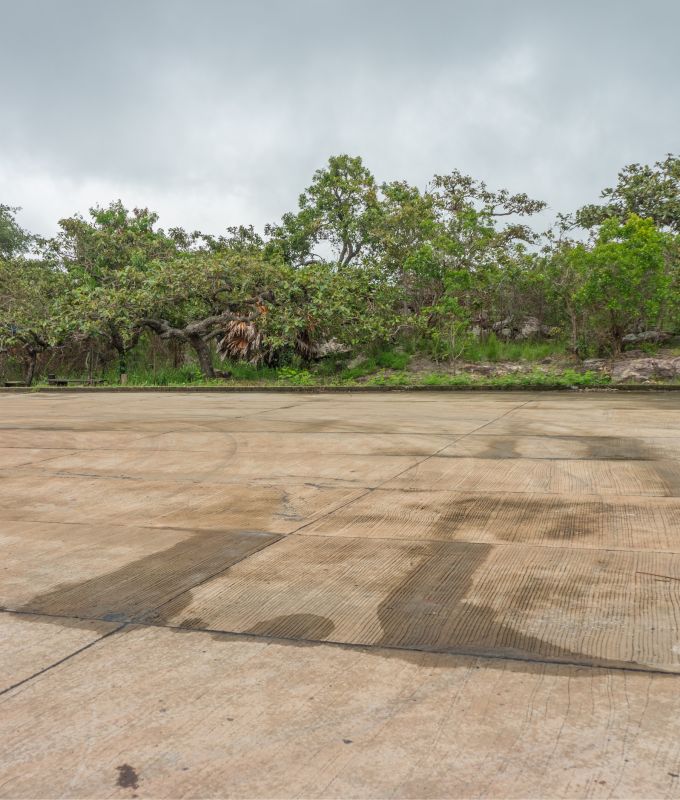
Lower-waste or water-saving choices for Concrete Installations.
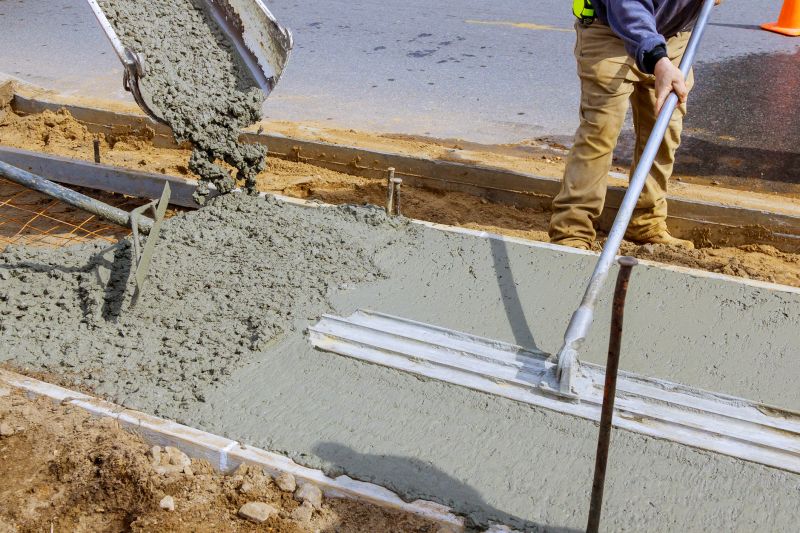
The short, realistic tool list for quality Concrete Installations.

Rough timing from prep to clean-up for Concrete Installations.

Quick checks and paperwork to keep after Concrete Installations.

Examples that show the impact a good Concrete Installations can make.
| Season | Ideal Conditions |
|---|---|
| Spring | Moderate temperatures, longer days, some rain |
| Summer | Warm temperatures, high sunlight, risk of rapid drying |
| Fall | Cooler temperatures, less humidity, early season |
| Winter | Freezing temperatures, not recommended |
Choosing the right season for concrete installation can enhance the durability and appearance of the finished surface. Proper timing reduces the likelihood of cracking, scaling, and other common issues. It is recommended to plan concrete projects during seasons with stable, mild weather conditions to ensure optimal results.

